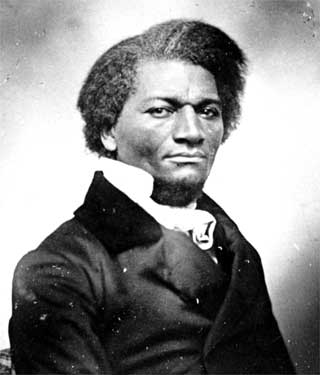|
Online
Writing Lab/MLA Formatting/Style Guide
Writing About Literature and Culture
Your thesis is your interpretation of the work or some aspect of it. If your
instructor gives you a question as a topic, your thesis should be your answer to
that question.
Other frames for creating theses are:
1. (The author) uses __x___ to show _____y_______.
2. Through the use of _______x_____ the author shows how ____y_______.
3. The development of ____x_____ reveals _____y_______.
Examples of answer to above:
3. Through the use of the grotesque, William Faulkner shows how Miss Emily's
secrets represent ugly truths about the American South.
Body Paragraphs
After you state your thesis in an Introduction, you must support your thesis in
your body paragraphs. You must cite and explain passages from the work itself
that give rise to your interpretation; this is how you support your argument.
Remember that you are explaining and interpreting the work and NOT summarizing
it (simply relating what happens). By following the model below, you can create
any number of body paragraphs to support your thesis.
The 5-Step Paragraph
1. Topic Sentence
2. Narrow Down Sentence
3. Quotation
4. Explanation
5. Conclusion
1. In the topic sentence you should present some portion of your
thesis to be proven in the paragraph. Using the frames above, early paragraphs
in the essay focus on space x, later ones on space y.
2. The narrow down sentence should point the reader's attention to a
specific passage in the text (or historical/cultural information) that supports
your topic sentence. You should name the source of the passage (who is speaking
here?), where it is (near beginning, end?), or describe the content of the
passage (who's doing what? what is the speaker saying?). Guide the reader to
your source.
3. Quotation. In this sentence you should write out the passage you
pointed out in the narrow down sentence. If you write it out word for word it
must be in quotation marks and cite the source and page number. If you
paraphrase (rewrite in your own words), you don't need quote marks but you must
still document the source with the author's last name and page number in
parentheses at the end of the sentence (Kennedy 97).
4. Explanation. In this sentence you need to explain the passage you just
quoted, and/or explain how that passage supports your topic sentence. Refer to
specific words in the passage that carry special meaning or extra importance and
how those words give rise to your interpretation. Other than the topic sentence,
this is the most important sentence in the paragraph.
5. Conclusion. To conclude the body of the paragraph, you need to finish
your explanation of the passage and sum up the points just presented. You may
also need to provide a transition to the next paragraph.
The Well-Written Paragraph
A paragraph is a group of sentences organized by a single,
controlling idea.
Each paragraph of a paper consists of sentences that are:
Unified: the sentences are all concerned with a central, controlling
idea.
Coherent: the sentences are arranged in a clear (logical, meaningful)
order, according to a definite plan.
Well-developed: the sentences provide details that explain and illustrate
the paragraph's controlling idea.
The topic sentence announces and controls the content of the
sentences in a single paragraph. A unified paragraph will focus on, will develop
and will not stray from a paragraph's topic sentence. To ensure the coherence of
your paragraph, make clear the logic by which you position the sentences in the
paragraph so that readers understand the logic by which you move from one
sentence to the next. Revision is the time to do this, when you can make certain
that each paragraph has a clear purpose and a clear, coherent plan for achieving
that purpose. Achieve coherence with cues: words and phrases that remind readers
as they move from sentence to sentence that 1) they continue to read about the
same topic and 2) ideas are unfolding logically.
Developing Paragraphs: Essential Features. In determining
whether a paragraph is well or even adequately developed, you should be able to
answer 3 questions without hesitation:
1. what is the main point of the paragraph?
2. why should readers accept this main point?
3. why should readers care about the main point of this paragraph?
| 
